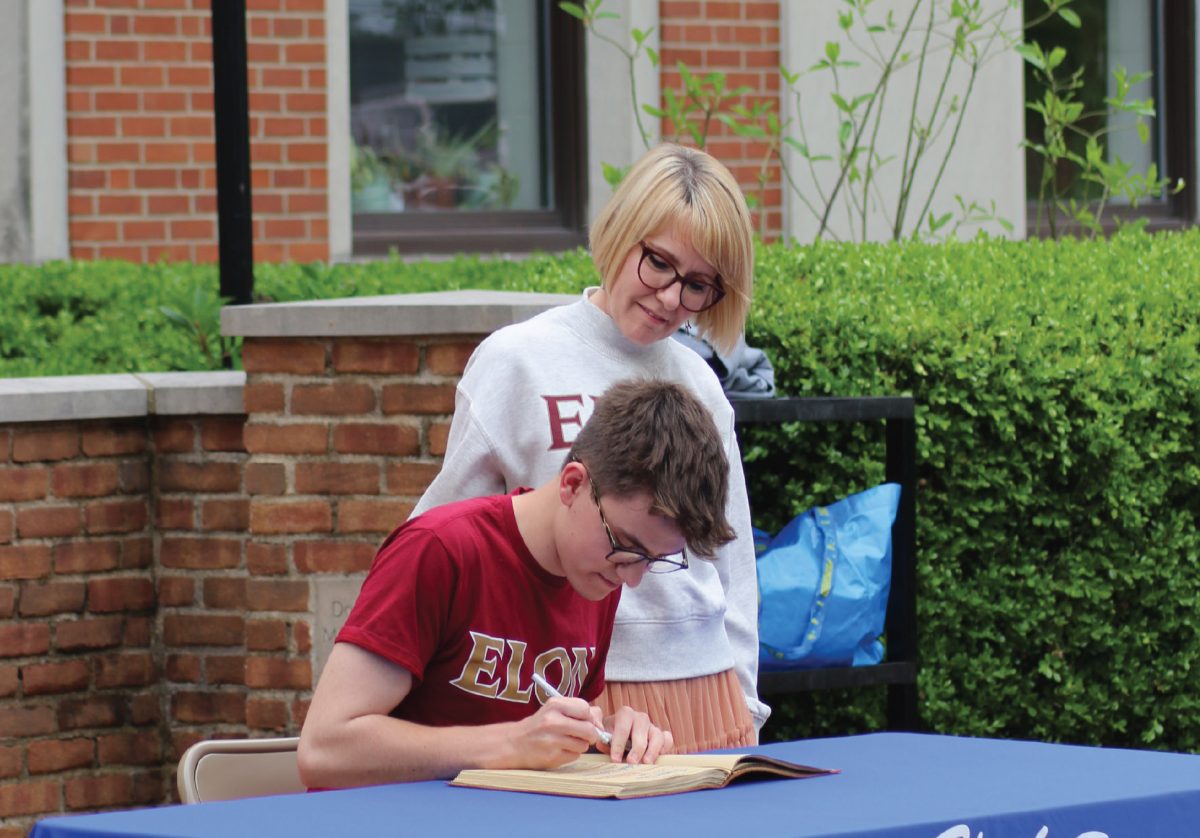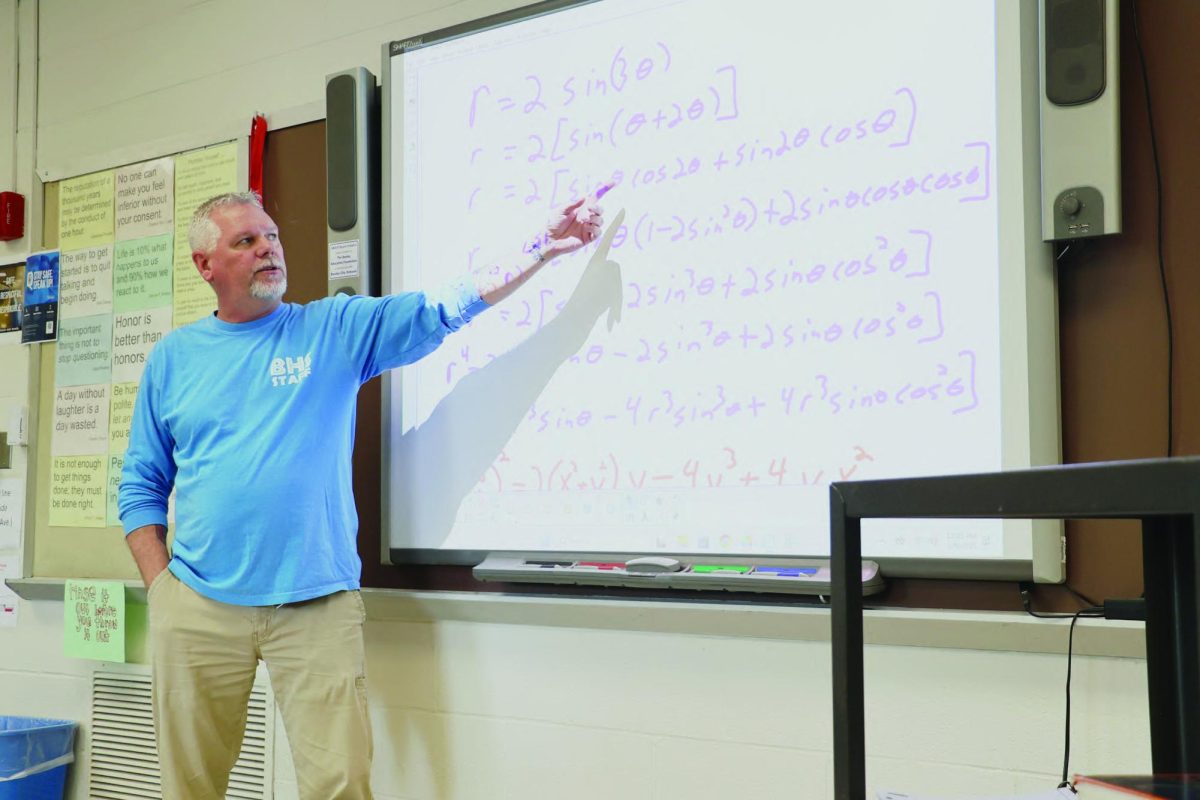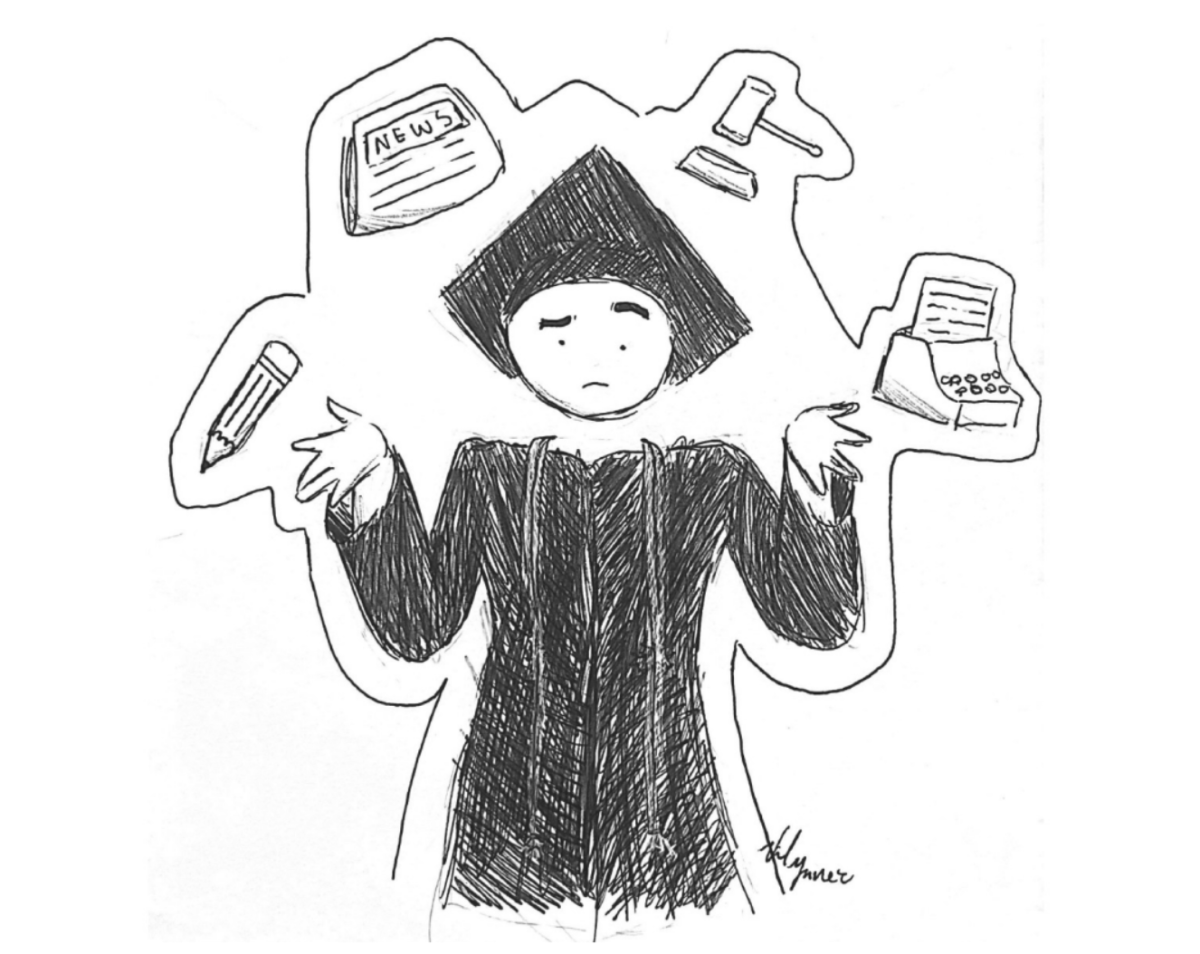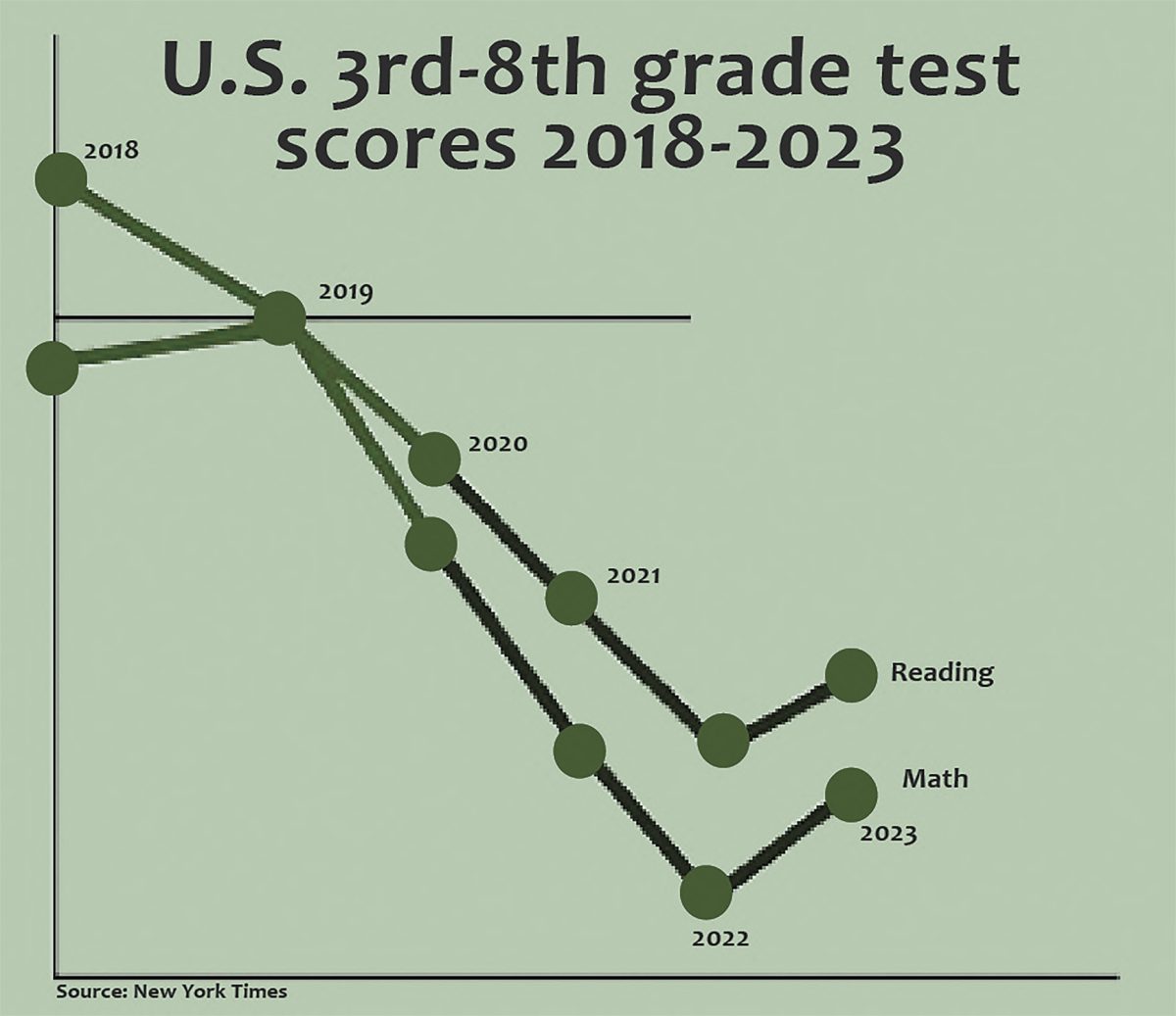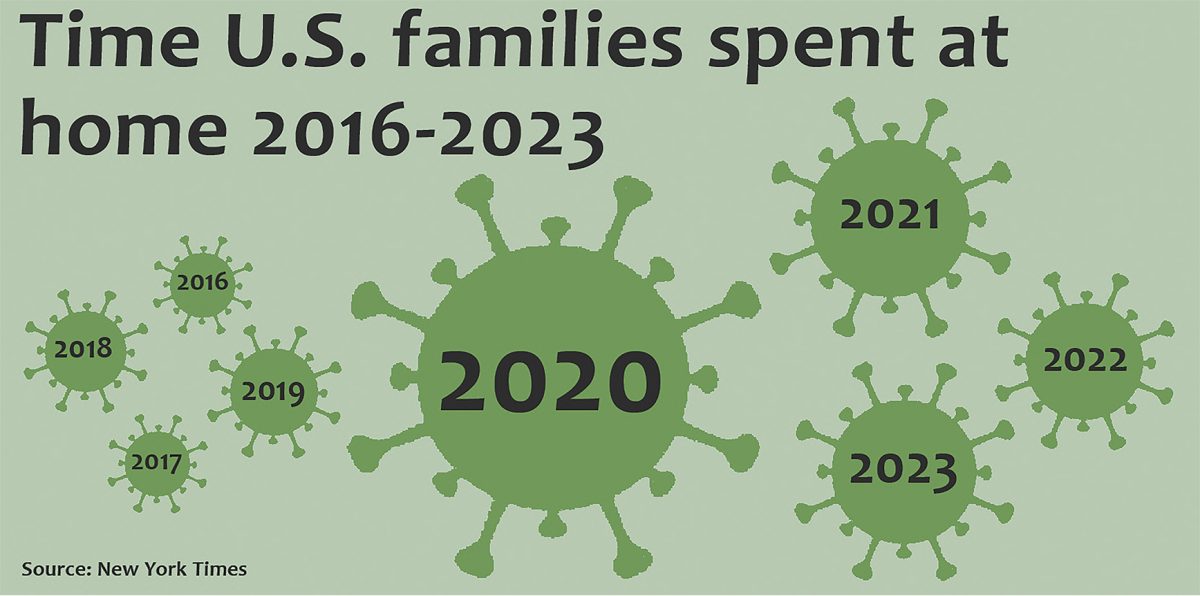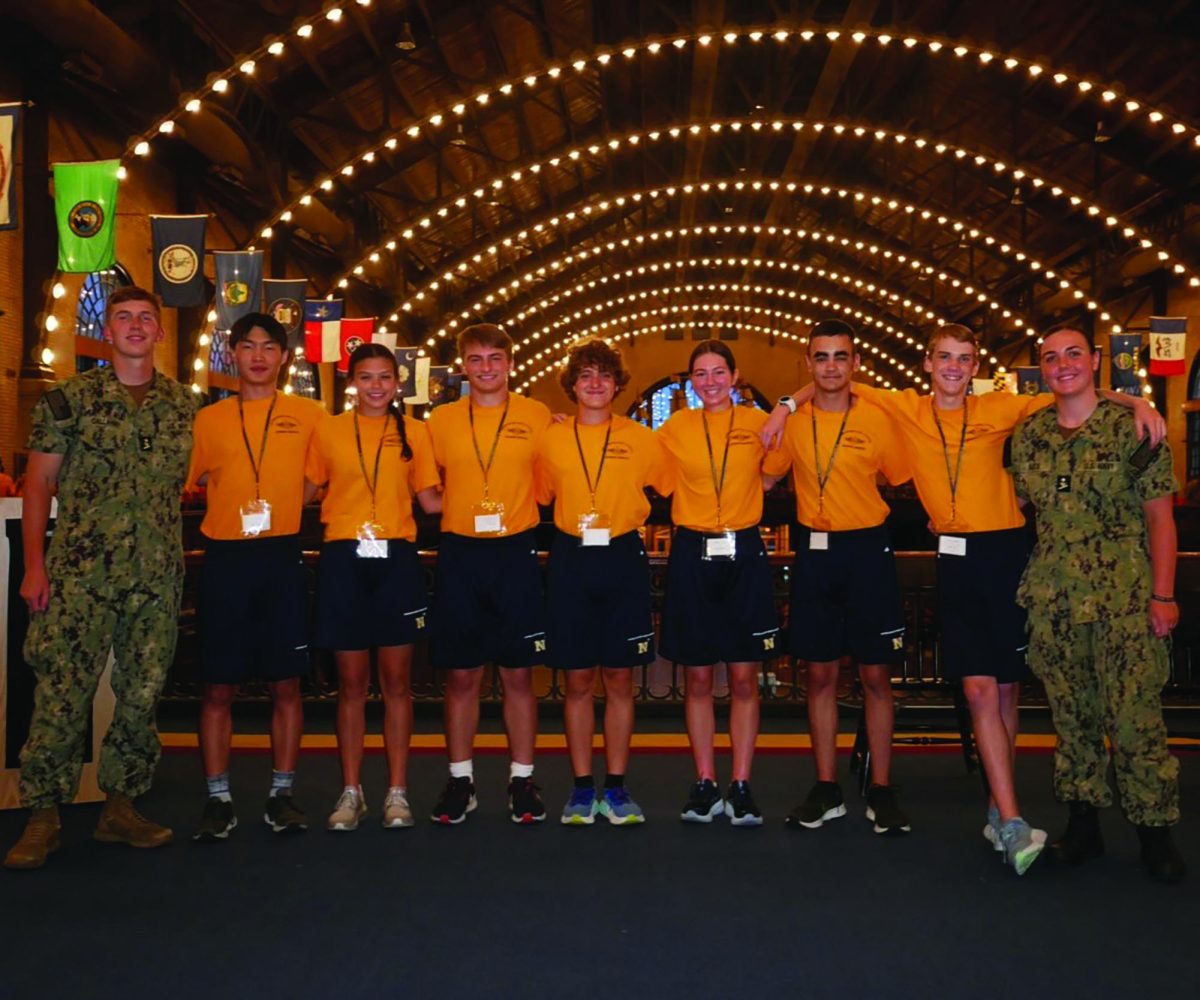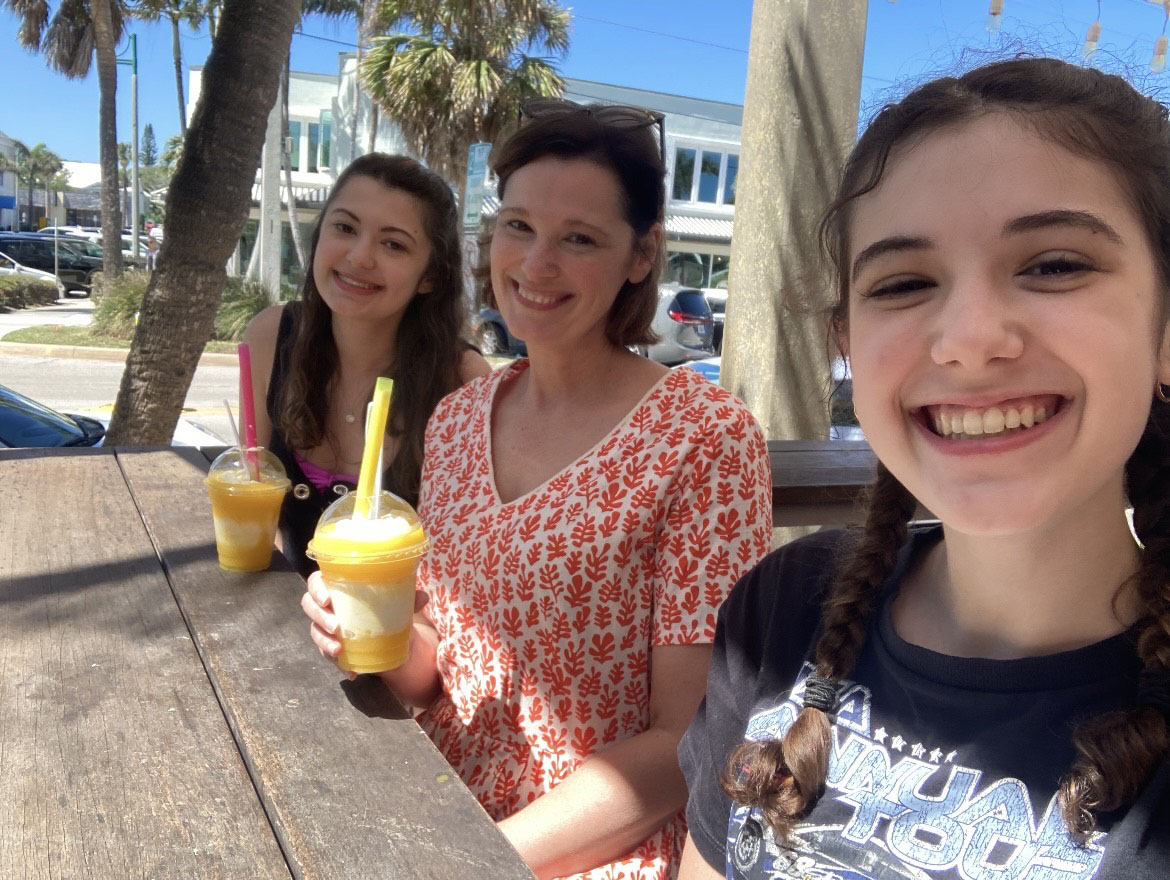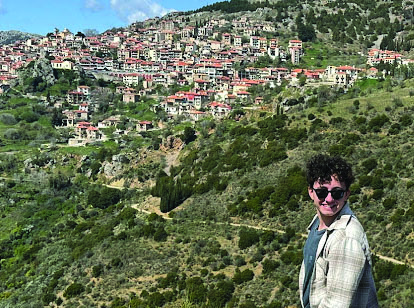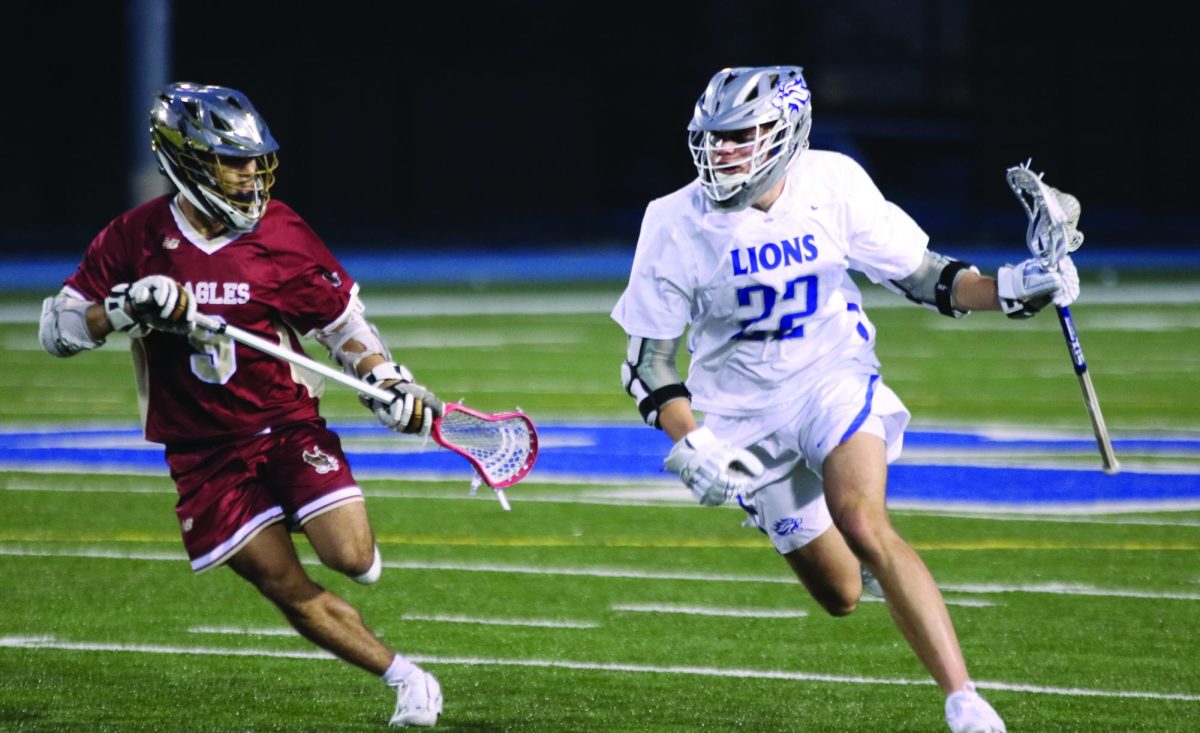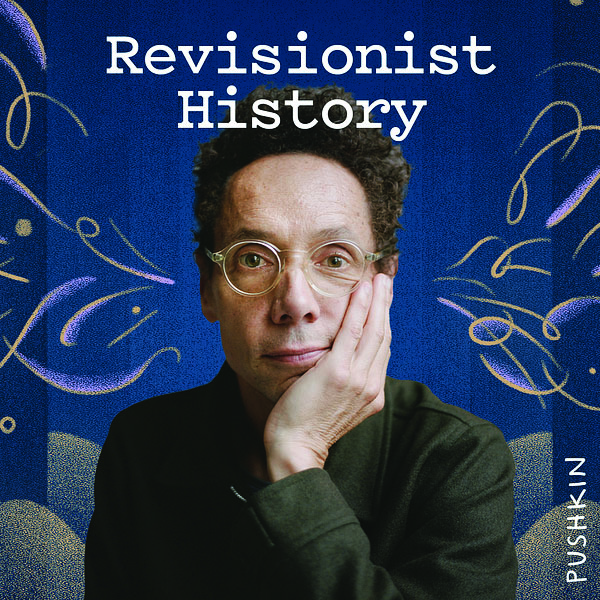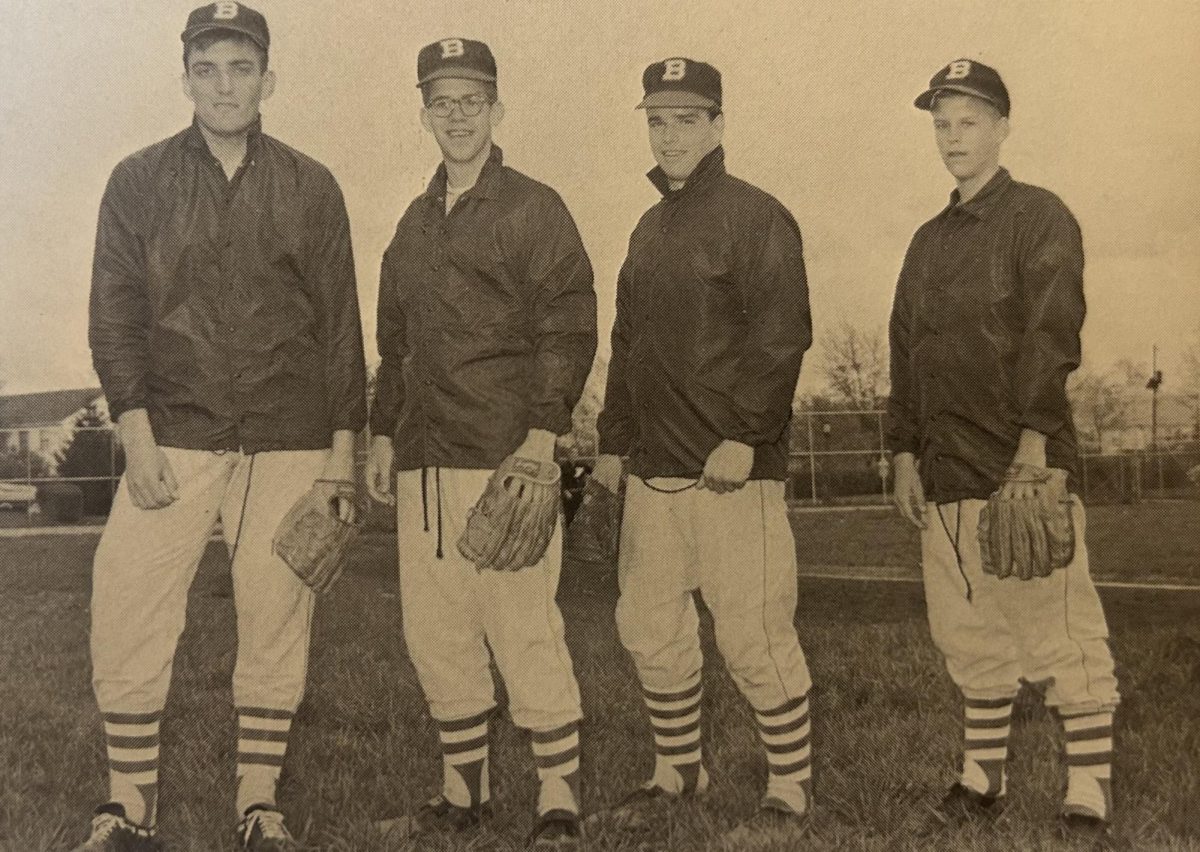The tearing sensation that shoots up her leg as junior Maddy Krasnow sprints down the field is a dreaded feeling she has felt before. Regret overtakes the pain when she realizes she will have to sit out for part of the season. Lying there on the field, she vows to herself that she will take every step to prevent an injury from now on.
Along with her field hockey stick, water bottle and shin guards, Krasnow said she packs her ankle brace in her sports bag before every game and practice.
Krasnow said she started wearing her ankle brace to train after she sprained her ankle three times.
The precautions that athletes like Krasnow take before they begin training are key to preventing injuries, Associate Professor of Pediatrics and Family Medicine at the Ohio State College of Medicine James MacDonald explained.
MacDonald said 50% of the injuries he sees in young athletes at Nationwide Children’s Hospital are overuse injuries.
“An overuse injury is when tissue, muscle, bone, ligament or tendon over time gets damaged because repetitive training exceeds the body’s reparative capacity,” MacDonald said.
The best ways to prevent injuries are pre-season conditioning, gradually increasing training load, getting good sleep, having good nutrition and taking time to rest, he added.
Athletic trainer Gail Swisher explained that sleep is important in preventing injury.
“There is research that shows when athletes work at a sleep deficit, they don’t recover as well,” she said.
Eight to nine hours of sleep in a dark room with no distractions is key to preventing injury, Swisher explained.
She added that the body gets small muscle breakdowns during activity, and it repairs itself during sleep by building stronger muscles.
“Not only will sleep prevent injuries, but it also has the potential to be a performance enhancer,” she said.
Krasnow said she gets at least eight hours of sleep at night for this exact reason.
“The difference in my performance when I’m tired is completely different than when I’m rested,” she said.
When an athlete is preparing for activity, a good warm-up is important for preventing injury, MacDonald said. There is less evidence that cool-downs prevent injury, but getting a good warm-up is beneficial, he added.
“As far as an after workout thing you can do to prevent bad muscle soreness 24 to 48 hours after an intense workout is a glass of chocolate milk,” MacDonald said. “Again, no kidding, plenty of research behind that.”
Swisher explained that during a warm-up, the body gradually goes from cool to hot.
“If you go from sitting in class all day to immediately going and sprinting on a field, the muscles aren’t as pliable as what they can be with a warm-up,” Swisher said. “The body isn’t awake enough to adapt to the stresses of a sport.”
Concussions are a frequently seen sports injury, MacDonald said. He added that there has been improvement in recent years surrounding the treatment, recognition and prevention of these injuries.
Wearing proper headgear for one’s sport is important to preventing concussions, he said.
Swisher said that concussion prevention is tricky, and the only way to truly prevent it is to not play the sport at all. Many athletes’ sports require helmets, but it is not the helmet that prevents them, she added.
“One key component in sports that wear helmets is proper helmet fitting,” she said. “Helmets do not prevent concussions. However, an improperly fitted helmet could potentially increase risk.”
At Bexley, students are knowledgeable about concussions and know what to look for and when to report concussions, Swisher said.
There is another obstacle that athletes now have to face due to the effects of COVID-19, she said. She explained that throughout quarantine, many athletes’ practices were cancelled, so there has been an increase in injuries now that sports are resuming.
MacDonald said the patient volume at Nationwide Children’s Hospital from sports-related injuries is higher than anything historically seen. There is not enough research to say that it is due to the coronavirus, but many doctors believe there has been a COVID-19 injury phenomenon, MacDonald said.
“More data and larger, true studies are needed and coming around the pike, but yes, most doctors in my field think there has been a COVID-19 injury phenomenon,” he said.
Swisher also believes there has been an increase in injuries after COVID-19 due to lack of frequency in exercise and shorter practice times, leading to less stretching.
“After talking to other athletic trainers at other schools in central Ohio, there has definitely been an uptick of more major injuries,” she said.
Swisher wants student athletes to understand the importance of continuing training year round and its benefit in preventing injury.
“I can typically predict if someone hasn’t done anything all year before their season, then they’re going to be in the injured group,” Swisher said. “Think of it as an investment. It is cumulative and will pay off in the long run.”
